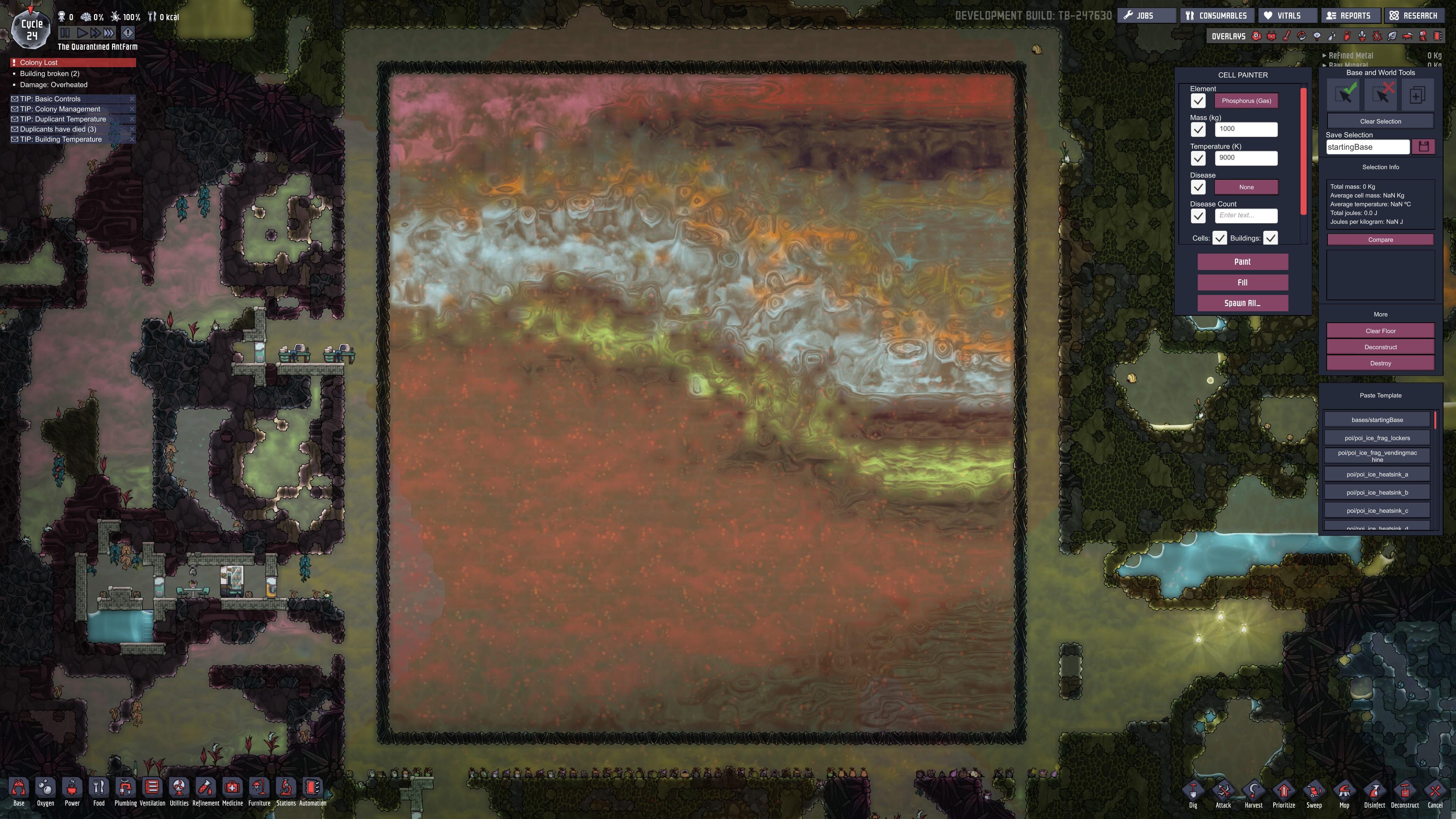
Seasonal mean CH 4 fluxes showed an average highest value of − 0.04 mg m −2 h −1 (ranging from − 0.14 to 0.07 mg m −2 h −1) and an average lowest value of − 0.07 mg m −2 h −1 (ranging from − 0.14 to 0.04 mg m −2 h −1), and occurring in + R and + NW treatments, respectively.


Over the whole wheat growing season, CH 4 fluxes showed almost exclusive uptake, except for some sporadic CH 4 releases. Soil CH 4 fluxes presented a similar pattern among the different treatments without a clear seasonal variation (Fig. Control) and 0.8 ☌ under higher rain simulated conditions (+ NW + R vs. + R). On average, the warming device significantly increased the nighttime soil temperature at 10 cm depth by approximately 1.1 ☌ under typical environmental conditions (+ NW vs. The nighttime soil temperatures were significantly different among treatments with average values of 11.6 ☌, 11.1 ☌, 10.5 ☌, and 10.2 ☌ for the + NW, + NW + R, control, and + R treatments, respectively. Soil daily and nighttime temperature are shown in Fig. The + R treatment significantly increased soil moisture by 16.4% compared with + NW treatment (Fig. The average soil moisture content of WFPS (water filled pore space) were 37.5%, 35.8%, 41.6% and 40.6% for the control, + NW, + R, and + NW + R treatments, respectively. Soil moisture showed a prompt response to rainfall and irrigation events during the growing season (Fig. Thus, understanding the winter wheat productivity and GHGs emissions response to nighttime warming and increased rainfall for predicting the climate-driven changes in agroecosystem is necessary. Unfortunately, few studies explored the CH 4 and N 2O emissions from agricultural soil as response to rainfall increasing and the combined effects with nighttime warming.
Oxygen not included download free 246879 drivers#
Additionally, soil temperature and moisture are two key drivers influencing CH 4 and N 2O emissions 8. Furthermore, rainfall is predicted to increase during winter wheat growing season in this region 17. The mean air temperature in the NCP is predicted to increase approximately 1.5 ☌ by 2050, mainly caused by the increase in nighttime temperature during winter and spring seasons, which will give rise to profound impact on wheat production and the soil GHGs emissions 16, 18, 19. Winter wheat is sensitive to changes in temperature and rainfall derived from climate change 17.

The North China Plain (NCP) is one of the most important agricultural regions in China and the production of winter wheat ( Triticum aestivum L.) accounts for approximately 70% of total wheat production in China 16. Overall, this study improves our understanding of agroecosystem C and N cycling in response to nighttime warming and rainfall increasing under future climate change. Generally, rainfall increasing significantly raised the global warming potential and greenhouse gas intensity induced by CH 4 and N 2O emissions. The results indicate that the positive effect of nighttime warming on CH 4 uptake and negative effect on wheat yield can be offset by rainfall increasing in the NCP. Nighttime warming significantly decreased wheat yield by 5.5%, while rainfall increasing enhanced wheat yield by 4.0%. Rainfall increasing stimulated soil N 2O emissions by 15.7% but decreased soil CH 4 uptake by 18.6%. Nighttime warming significantly promoted soil CH 4 uptake by 21.2% and increased soil N 2O emissions by 22.4%. The results showed that nighttime warming and rainfall increasing significantly altered soil temperature and moisture, and thus the CH 4 and N 2O emissions from the soil. This study was conducted with a field experiment to investigate the effects of nighttime warming, rainfall increasing and their interaction on wheat grain yield, methane (CH 4) and nitrous oxide (N 2O) emissions during a winter wheat growing season in the North China Plain (NCP). The effects of nighttime warming and rainfall increasing on crop productivity and soil greenhouse gas emissions are few studied.


 0 kommentar(er)
0 kommentar(er)
